Made the 2:1 ratio… turned out great!
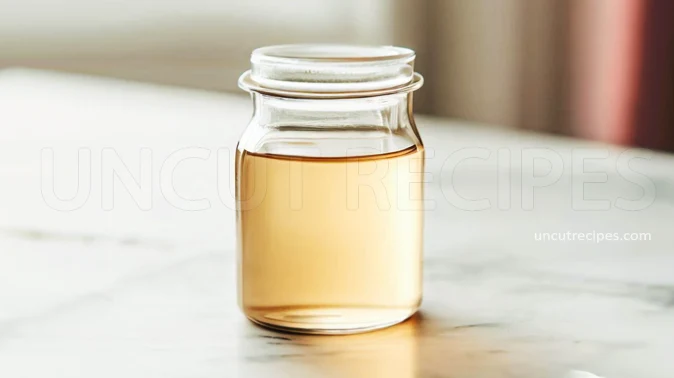
Hello, friends of fusion and fans of flavors! Are you into Japanese cuisine, that perfect blend of tradition and modernity that keeps your taste buds guessing? Well, you're in for a treat today! We're diving into the fundamental yet often overlooked magic potion that elevates so many Japanese dishes—Simple Syrup!
Picture this: You've mastered sushi, dabbled in tempura, and even made your own matcha lattes. But there's something missing. You need that extra 'oomph' to unlock the fifth taste, umami. That’s where this sweet, clear nectar comes into play. Whether you're looking to sweeten your yuzu cocktails, put the finishing touch on a Japanese dessert, or even perfect a teriyaki glaze, our simple syrup is the key!
And here's the kicker: it only takes two ingredients and less than 10 minutes to whisk up this elixir. That’s right—no long list of unpronounceable items. Just water, organic cane sugar, and you. This simple syrup is like your culinary passport, whisking your dishes on a one-way flight straight to Tokyo!
So let's get that saucepan sizzling and whisk at the ready. With this easy recipe, you're not just making a syrup; you're forging a bridge to an ancient culinary landscape, adding a dash of authenticity to each and every dish. Ready to bring that Japanese flair into your kitchen? Let’s get stirring!
JUMP TO:
INGREDIENTS:
Type of Sugar and The Sweet Difference: The type of sugar used in a simple syrup recipe can drastically alter both its flavor and color. Organic granulated cane sugar, specified in the recipe, provides a clean, clear sweetness with minimal aftertaste. This particular sugar undergoes less processing compared to regular white sugar, retaining some of the natural minerals and resulting in a slightly 'richer' sweetness.
However, if you're looking for a more complex flavor profile, consider options like demerara or turbinado sugar. These sugars undergo even less processing than organic granulated cane sugar and can add a slight molasses undertone to your syrup. Keep in mind that they will also darken the syrup, which can alter the color of the cocktails or dishes in which you use it.
Water Quality: While it may seem trivial, the water used in your simple syrup can also impact the final product. Hard water or tap water with high mineral content can add unwanted flavors. Opt for filtered or distilled water for a neutral-tasting syrup.
Alternative Sweeteners: Although cane sugar is the standard, there are other sweeteners you might explore for a distinct twist. Agave nectar can be a good option if you're aiming for a slightly less viscous and lower glycemic index syrup. Maple syrup can also be used for its unique flavor but keep in mind it will significantly alter the taste and color of your final product.
Adjusting Ratios: While the recipe calls for a ratio that's just under 1:1 sugar-to-water, you could modify this depending on your needs. A 1:1 ratio is often used for cocktails, but a 2:1 sugar-to-water ratio will yield a thicker syrup often used for desserts. Note that the thicker syrup will have a higher sweetness concentration and may require adjustment in recipes.
MAIN STEPS:
Continuous Stirring, The Art of Consistency: The dissolving phase might seem straightforward, but it's crucial to maintain consistent stirring during this process. Failing to stir continuously can lead to uneven dissolution of sugar, which might give your syrup a gritty texture. Therefore, don't underestimate the importance of this seemingly simple step; it's where your end product gains its smooth, unified consistency.
Heat Management, Avoid Caramelization: The directive to use medium heat is significant. You might be tempted to expedite the process by cranking up the heat, but beware—high temperatures risk caramelizing the sugar. Caramelization will not only change the color but also introduce a completely different flavor profile, which might not be suitable for all culinary applications of your simple syrup.
Cooling, Why Patience Pays Off: While it may seem trivial, allowing the syrup to cool down to room temperature is not a step you want to rush. Pouring hot syrup into a plastic container could cause the container to deform or even release harmful substances into your syrup. Even with glass, rapid temperature changes could risk cracking. Let the syrup naturally reach room temperature for safer and more stable storage.
Sealing and Storing, Air is the Enemy: It’s crucial to use an airtight container for storage. Exposure to air can lead to crystallization, which can ruin the smooth texture of your syrup. Ensure your chosen storage container is well-sealed to maintain the syrup's quality for a longer period.

Checking for Crystals, The Final Checkpoint: Before sealing the deal, give your syrup a quick inspection for any undissolved sugar crystals. If present, these will act as 'seeds,' encouraging more crystals to form during storage, which could ruin the texture of your syrup. A quick strain through a fine sieve or cheesecloth can catch any lingering granules, saving your syrup from an untimely crystalline fate.
SERVED WITH:
Drink: Watermelon Cooler (Japan): A revitalizing beverage made from pureed watermelon, lime juice, soda water, and mint leaves. Simple syrup is often used to sweeten this Japanese-inspired twist on a classic cooler.
Dessert: Baklava (Middle East/Greece): Layers of phyllo dough, nuts, and spices are assembled and baked, then soaked in a mixture of simple syrup and honey. This gives the dish its characteristic sweetness and moisture.
Main Course: Teriyaki Chicken (Japan): While not a traditional use, simple syrup can be used as a sweetener in Teriyaki sauce, which consists of soy sauce, sake, and other ingredients. The syrup helps balance the saltiness and umami flavors in this popular Japanese dish.
Side Dish: Fruit Salad (Global): A mix of fresh fruits can be enhanced with a drizzle of simple syrup infused with mint or basil. This gives an additional layer of flavor to the salad.
Dessert: Mango Lassi Popsicles (Japan): A frozen treat that combines the flavors of mango and Greek yogurt, offering a tangy and sweet experience. Simple syrup is used to sweeten the mixture, ensuring a balanced and refreshing flavor.
Starter: Gazpacho (Spain): A chilled tomato-based soup that sometimes includes a dash of simple syrup to balance the acidity of the tomatoes and other vegetables.
Cake: Sachertorte (Austria): This famous chocolate cake often employs simple syrup to keep the layers moist. It's a delicate balance of chocolate, apricot jam, and the moistening effect of the syrup.
ALTERNATIVES:
Agave Nectar (Mexico): Extracted from the agave plant, this sweetener has a similar viscosity and sweetness to simple syrup, making it a good substitute in cocktails and desserts.
Maple Syrup (Canada/USA): Derived from the sap of sugar maple trees, maple syrup has a unique flavor profile and can replace simple syrup in many recipes, particularly breakfast items like pancakes and waffles.
Corn Syrup (USA): Used widely in American cooking, corn syrup can replace simple syrup in recipes that require a sweet, viscous liquid. It is especially useful in candy-making.
Honey (Worldwide): Natural and rich in flavor, honey can be a wonderful substitute for simple syrup. However, its distinct taste could alter the original flavor of some recipes.
Coconut Syrup (Polynesia): Made by combining coconut milk and sugar, this syrup can serve as a tropical alternative to simple syrup in cocktails and Asian desserts.
Stevia Syrup (South America): For a calorie-free alternative, a syrup made from the stevia plant can be used. Note that stevia is much sweeter than sugar, so adjust quantities accordingly.
Date Syrup (Middle East): Made from dates, this syrup offers a fruity, rich flavor and can be used in a range of recipes including baked goods and Middle Eastern cuisines.
HISTORY:
The concept of a sugar-water solution exists universally, but in Japan, the practice of creating simple syrups has its unique nuances. While the primary components—sugar and water—remain constant, what sets the Japanese version apart is often the choice of sugar. Traditional Japanese sugar such as "wasanbon" is commonly used, providing a distinctly delicate sweetness compared to cane sugar.
In Japan, simple syrup, known as "shiroppu," has been a traditional accompaniment to a variety of Japanese sweets ("wagashi"). With the influence of the tea ceremony, where sweets often accompany the bitter matcha tea, shiroppu provides a balanced sweetness. Beyond sweets, shiroppu has found its way into the Japanese cocktail culture. Bartenders in Japan often emphasize the art and the craft of cocktail making, and the use of a high-quality simple syrup aligns with this meticulous approach.
Japan's emphasis on seasonality and natural ingredients has affected the development and use of simple syrup in the country. Seasonal fruits might be incorporated, and the ratios of sugar-to-water can be more nuanced, aiming to draw out or complement specific flavors.
Today, you'll find Japanese simple syrups flavored with yuzu, sakura, and even umami components like shiitake, especially in boutique bars in Tokyo or Kyoto. The rise of Japanese whiskey has also impacted the use of shiroppu, with the syrup being carefully crafted to complement these local spirits.
TIPS:
Vacuum Reduction: Instead of using stovetop evaporation, utilize a rotary evaporator to concentrate the syrup. This allows you to preserve volatile aromas and flavors that may be lost through traditional methods.
Method: Place the basic syrup mixture in the flask of a rotary evaporator and set it to work at a low temperature. Collect the concentrated syrup from the evaporator.
Sous-Vide Infusion: For an extra layer of flavor, infuse the syrup using sous-vide with whole spices or botanicals without overheating and damaging delicate compounds.
Method: Seal the syrup along with whole spices like cinnamon or star anise in a sous-vide bag and cook at low temperature (around 60°C) for a few hours.
Ultrasonic Homogenization: To ensure a truly uniform consistency and dissolve sugar at a microscopic level, use an ultrasonic homogenizer.
Method: After preparing the syrup, pour it into the chamber of an ultrasonic homogenizer and process according to manufacturer instructions.
Activated Charcoal for Color: To produce a visually striking black simple syrup, add activated charcoal. Make sure it's food-grade.
Method: Add a small amount of activated charcoal during the cooking process, stirring until completely dissolved.
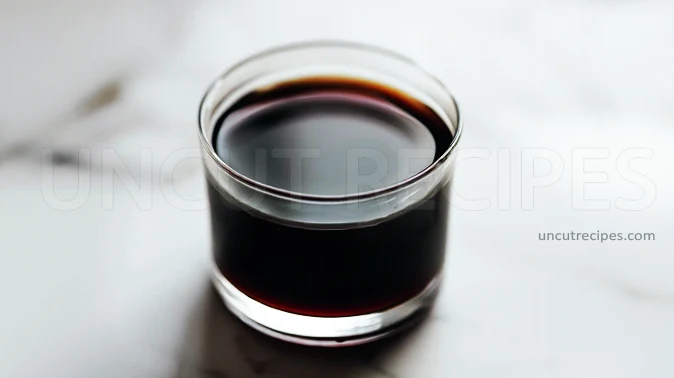
Barrel-Aging: For a complex, oaky profile, consider barrel-aging your simple syrup.
Method: Once the syrup is prepared and cooled, transfer it to a small oak barrel and allow it to age for weeks to months, depending on desired intensity.
Agar Clarification: For a crystal-clear syrup, use agar-agar for clarification.
Method: Add agar-agar to hot simple syrup, let it set into a jelly, and then strain through a cheesecloth. The resulting liquid will be clear.
Flash Chilling with Liquid Nitrogen: If immediate usage is required, flash chill the syrup using liquid nitrogen.
Method: Pour the hot syrup into a metal bowl and carefully add liquid nitrogen while stirring until the syrup is completely chilled.
Recipe Information
Skill Level
|
Time 10 Minutes |
Price
|
Makes 1 to 8 Cups |
| Healthiness |
Nutritional Information |
| Ratings (Add Rating & Review) |
Reviews 13 Reviews |
Ingredients:
-
0.5 cup Water
0.5 cup Organic Granulated Cane Sugar
Allergens
| Based on the ingredients of this recipe, there are no common allergens present such as gluten, dairy, eggs, soy, peanuts, tree nuts, fish, shellfish, or sesame. However, if any of the ingredients were processed in a facility that also processes allergens, there could be a risk of cross-contamination. It's always best to check the packaging and labels of each ingredient to make sure there are no allergen warnings. |
Directions:
01 - Start by putting Water and Sugar into a saucepan. Make sure you've measured your ingredients accurately to get the right consistency.
02 - Turn your stove to medium heat. As the mixture heats up, use a whisk to stir continuously. Keep stirring until you notice that all the Sugar crystals have completely dissolved into the water.
Cooling and Storing:
03 - Once the Sugar is fully dissolved, turn off the stove and carefully remove the saucepan from the heat. Allow the Syrup to cool down to room temperature. This makes it safe and easy to store.
04 - After the Syrup has completely cooled, pour it into an airtight container. This could be a glass jar or a plastic container with a tight lid. Seal the container and store it properly until you're ready to use it.
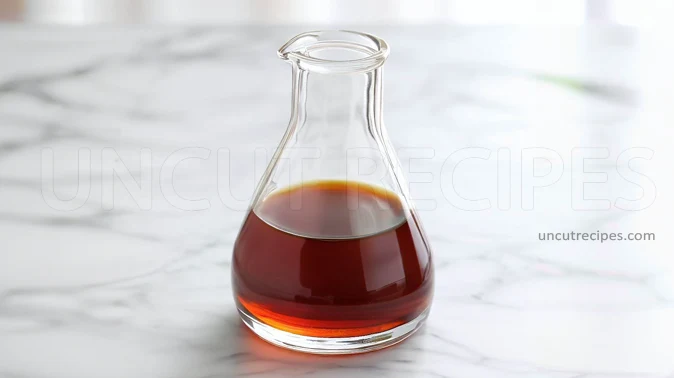
Notes:
Sugar Type and Color Impact: The original recipe calls for Organic Granulated Cane Sugar, which gives the syrup a golden hue. If you prefer a lighter-colored syrup, regular white granulated sugar can be used as a substitute.
Measuring for Consistency: This recipe has a specific 120ml to 100g ratio for water to sugar. Adhering to this ensures you'll get the desired syrup consistency. Slight deviations can lead to a syrup that's too thick or too thin.
Cooling Procedure: Allow the syrup to reach room temperature naturally. Placing hot syrup directly into the fridge could affect its texture and could also bring down the temperature of your fridge.
Choosing and Preparing the Container: Both glass and high-quality, food-safe plastic containers with airtight lids work well for storing the syrup. Glass is often preferred due to its non-reactive nature and ease of sterilization.
Storage Longevity: While the syrup can last at room temperature for short periods, for extended storage up to a month, keep it in an airtight container in the refrigerator. Always use clean utensils when taking syrup out to prolong its shelf life.
Nutritional Information
( Per Portion )
|
Calories |
95 kcal (5%) |
| Total Carbohydrate | 25g (9%) |
| Cholesterol | 0mg (0%) |
|
Total Fat |
0g (0%) |
| Saturated Fat | 0g (0%) |
| Polyunsaturated Fat | 0g (0%) |
| Monounsaturated Fat | 0g (0%) |
| Trans Fat | 0g (0%) |
| Fibers | 0g (0%) |
| Protein | 0g (0%) |
| Sugar | 25g (100%) |
|
Vitamin A |
0mg (0%) |
|
Vitamin B1 (Thiamin) |
0mg (0%) |
| Vitamin B2 (Riboflavin) | 0mg (0%) |
| Vitamin B3 (Niacin) | 0mg (0%) |
| Vitamin B5 (Pantothenic Acid) | 0mg (0%) |
| Vitamin B6 | 0mg (0%) |
| Vitamin B7 (Biotin) | 0mcg (0%) |
| Vitamin B9 (Folate) | 0mcg (0%) |
| Vitamin B12 | 0mcg (0%) |
| Vitamin C | 0mg (0%) |
| Vitamin D | 0 IU (0%) |
| Vitamin E | 0mg (0%) |
| Vitamin K | 0mcg (0%) |
| Choline | 0mg (0%) |
| Carnitine | 0mg (0%) |
|
Calcium |
0mg (0%) |
|
Chloride |
0mg (0%) |
| Chromium | 0mcg (0%) |
| Copper | 0mg (0%) |
| Fluoride | 0mcg (0%) |
| Iodine | 0mcg (0%) |
| Iron | 0mg (0%) |
| Magnesium | 0mg (0%) |
| Manganese | 0mg (0%) |
| Molybdenum | 0mcg (0%) |
| Phosphorus | 0mg (0%) |
| Potassium | 0mg (0%) |
| Selenium | 0mcg (0%) |
| Sodium | 0mg (0%) |
| Sulfur | 0mg (0%) |
| Zink | 0mg (0%) |
* Percent Daily Values are based on a 2,000 calorie diet. Your daily values may be higher or lower depending on your calorie needs.
** Nutrient information is available for all ingredients in this recipe. Amount is based on available nutrient data collected from all over the internet.
(-) Information is not currently available for this nutrient. If you are following a medically restrictive diet, please consult your doctor or registered dietitian before preparing this recipe for personal consumption. |
| Written by: Uncut Recipes | Disclaimer |


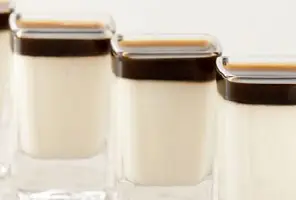
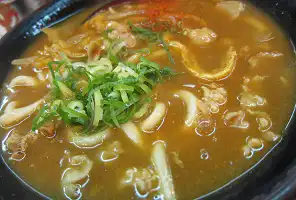
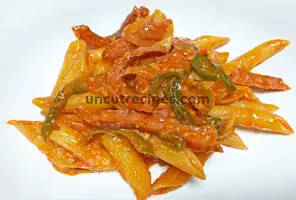
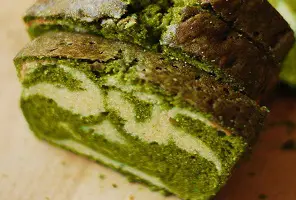
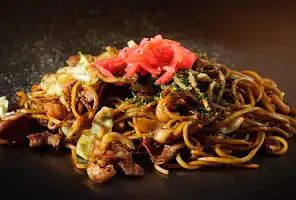
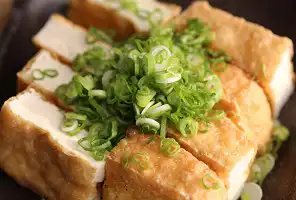
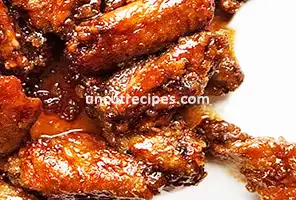

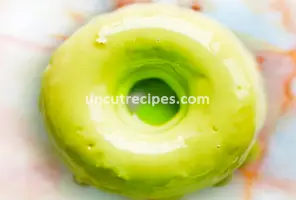
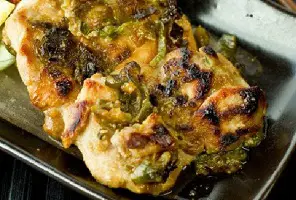
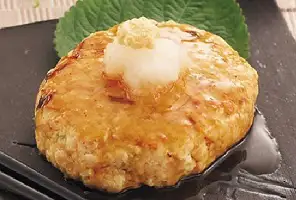

September 04, 2023
This is also the best way to make lemonade is to make a simple syrup first.